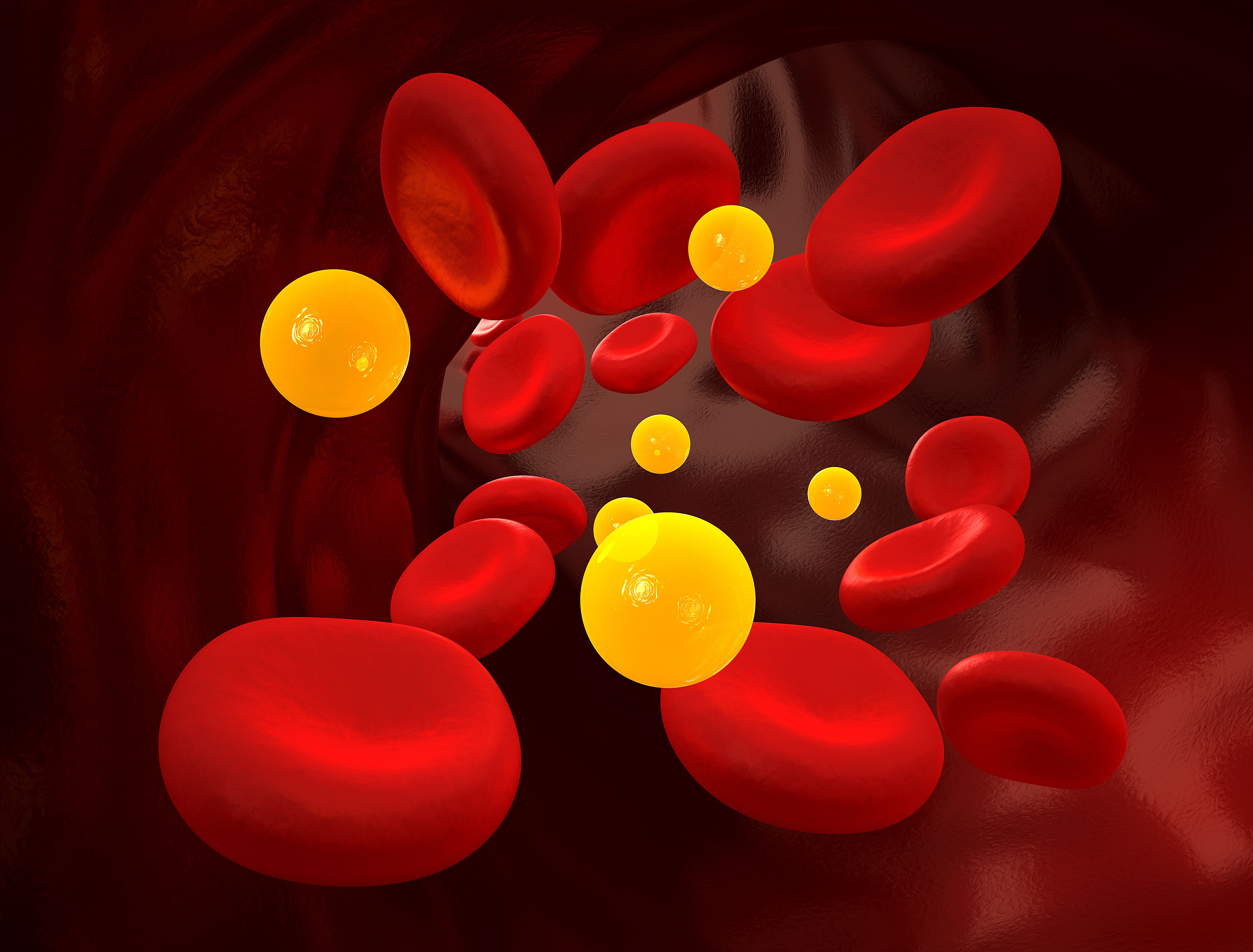Video
Future Directions for the Treatment of ASCVD and Hypercholesterolemia
Author(s):
Drs Paul S. Jellinger, Erin D. Michos, Matthew J. Budoff, Christie Ballantyne, and Yehuda Handelsman share closing thoughts and advice for the management of ASCVD and hypercholesterolemia.
Yehuda Handelsman, MD: We’ve covered a lot of stuff, so we should end this discussion. I’d like to thank everybody for being active in participating and showing your knowledge, which is immense. Can you give us a closing statement? Paul?
Paul S. Jellinger, MD, MACE: I don’t know if it’s a closing statement, but because there was a great deal of discussion about LDL [low-density lipoprotein] lowering, targets, and goals, I want to remind everyone about 2 groups of patients who, in my opinion, need particular attention to LDL lowering but aren’t getting it. One is the patient with diabetic dyslipidemia, or metabolic syndrome, whose triglycerides are elevated and HDL [high-density lipoproteins] is low. For those patients, as we heard a few times, when their triglyceride levels exceed 90 mg/dL, their LDL becomes more atherogenic. When the triglycerides are 130 or 140 mg/dL, they’re more atherogenic. Yet we use the same LDL targets for those patients if they have much more atherogenic LDL.
I suggest that we overtreat, in a sense—or treat much more aggressively—patients who have high triglycerides, low HDL, insulin resistance, and metabolic syndrome to LDL levels lower than we might think in traditional bracketing of LDL, because their LDL is much more atherogenic. If I have an LDL goal of 70 mg/dL for such a patient, I will say that this atherogenic profile is an LDL of 85 or 90 mg/dL, but I’m going to drive it down lower.
The second group of patients where we need to be more aggressive in lowering LDL are those with elevated LP(a) [lipoprotein (a)], which I measure frequently and is 1 of the hottest topics. We have no agents that effectively lower it very much. The only treatment for this is aggressive lowering of LDL. In the presence of an elevated LP(a), my LDL goal is even lower than the guidelines. Not so much in the second group, but in the first patient group with the diabetic dyslipidemia, I will use an APOB to guide me much more than a LDL because that tells me more about total particle size and atherogenic burden.
Yehuda Handelsman, MD: Thank you, Paul.
Erin D. Michos, MD, MHS: A couple of comments getting back to duration. I like to think of it like pack-years of smoking. We have LDL years about durations. We need to get lower for longer. I want to emphasize the burden in women, because women continue to be undertreated for cholesterol and don’t have less achievement of guideline-directed recommendations compared with men. Also FH [familial hypercholesterolemia] is in 1 of 250 individuals. It’s very common, but people aren’t looking for it. Women in particular are undertreated, especially during their reproductive years. We do women a disservice because there’s no female advantage with FH. The onset of ASCVD [atherosclerotic cardiovascular disease] is the same in men and women. We cannot miss FH, and we must ensure that we’re treating our female patients appropriately.
Yehuda Handelsman, MD: Absolutely correct. Matt?
Matthew J. Budoff, MD: Don’t forget the mammogram of the heart. We can do a coronary calcium scan and find early heart disease like we use mammography to find early breast cancer.
Yehuda Handelsman, MD: By the way, they’ve shown that in mammography, some classification, you can predict heart disease too.
Matthew J. Budoff, MD: Breast or arterial calcification may also be a good predictor. The mammogram of the mammogram might be the mammogram of the heart. Identifying this disease early will help us. Remember, you can’t make an asymptomatic person feel better. You have to convince them that they need to be on these therapies. Even with slight adverse effects, patients taking a pill every day feel worse sometimes. If they feel compelled to be treated for high cholesterol because they also have atherosclerosis, that’s going to make your life a lot easier and your discussion with the patients a lot shorter to get them to comply with these therapies that we’re advocating.
Christie Ballantyne, MD: The biggest causes of premature pain, suffering, and death in our society are cardiovascular disease and cancer. We know how to prevent cardiovascular disease. If we implement these things, we could prevent 80% of this. A very simple aspect is that all the guidelines and the intensity of therapy are dependent upon the risk of the patient. What is the risk of that individual short and long term? Then we can reduce it. There are many things to do, but treating lipids is the easiest. Of all these things that we’ve talked about, it’s hard to change lifestyle and diet. But by controlling someone’s lipids with a little extra effort and attention in the modification of our approach, we can get people to very low levels and at least make a big part of reduction of their risk.
Yehuda Handelsman, MD: We hope that we all agree and that we look at the goal, as Erin said. We can use combination therapy, and we can get them to go early on; the earlier, the better. With that, I’d like to thank you for watching this HCPLive® Peer Exchange. If you enjoyed the content, please subscribe to the e-newsletter to receive more information about other great content sessions like this 1 in your in-box. Thank you. I appreciate you being with us.
Christie Ballantyne, MD: Thanks.
Erin D. Michos, MD, MHS: Thank you.
Transcript Edited for Clarity





